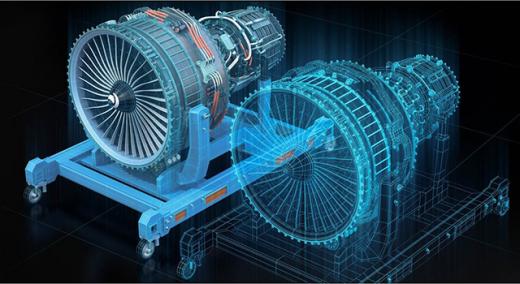Unlike a biological or identical twin, a digital twin does not have a universally accepted definition. In application, a digital twin will mean different things to different industries. On an assembly line, a digital twin of a robot may look identical to the physical robot, especially if it is photo-realistically rendered. The digital twin can mimic the physical robot’s movement, for example. The digital twin may not pass a close inspection for similarity, however. It cannot have the internal minutiae and complexity nature routinely provides. A robot’s digital twin may lack fastener threads, weld details, etc. found on the physical robot.
|
ADVERTISEMENT |
But unlike nature’s twins, digital twins need not replicate every bit, part, and function of their physical counterparts to be effective. If the digital twin can determine the reach of the assembly line robot and prevent interference with the production line or other robots, then the digital twin can consider itself complete enough for that particular mission.
…

Add new comment